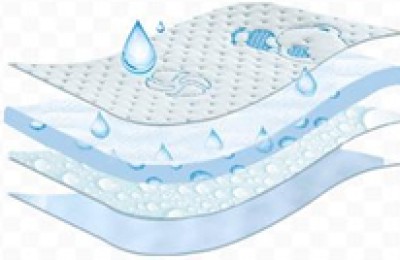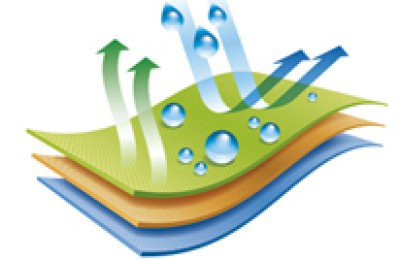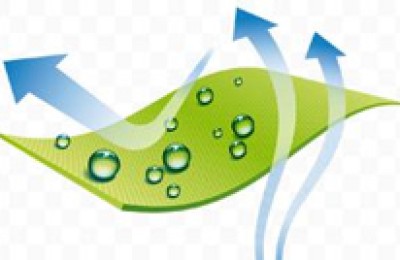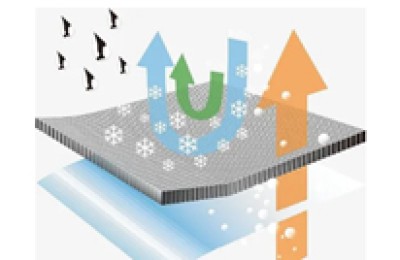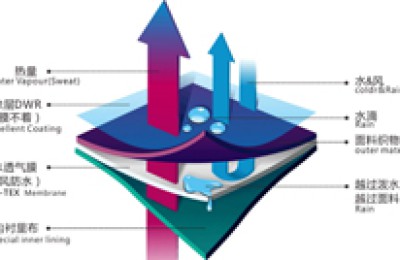In the past month, Wan Song, a PX device technician at a refining company in Northeast China, has been browsing recruitment websites every day, focusing on recruiting from large-scale refining and chemical integration project companies. information. “Now the company’s performance is not good, and we have been cutting wages for several months. Compared with the income of large refining and chemical companies that can easily exceed 10,000 yuan, our income level is indeed a bit embarrassing. This year’s refined oil market is sluggish, and the PX unit is not efficient. The company It has also been in a state of loss.” Wan Song said helplessly. It is understood that many similar devices in China are currently at a loss, and the PX industry is facing a new round of reshuffle.
Recently, Shandong Province passed the “On Further Regulating the Management of Industrial Investment Projects in Overcapacity and High Energy-Consumption Industries” “Notice on Subsequent Supervision Work”, which clearly stated that the approval of projects such as oil refining, ethylene, and PX would be tightened and strict inspections would be carried out on projects that violate regulations. Prior to this, the Petrochemical Federation announced that it would complete the “14th Five-Year Plan for the Petroleum and Chemical Industry” this year. In addition to the national key bases and key projects planned and deployed by the State Council’s petrochemical industry planning plan, new and expanded refining projects and new PX and ethylene projects are strictly controlled and no approval is allowed in violation of regulations.
I still remember that a few years ago, PX was an industry that was encouraged and supported by the country. It attracted attention from all parties and was a star product in the chemical industry. Many companies flocked to it and various projects were launched. Take the stage. In less than five years, it has become the subject of vigilance and strict control. It seems a bit unexpected, but if you look closely, it is reasonable.
The cost is seriously inverted
In fact, Wansong’s PX The device was originally a major revenue generator for the company, but its performance has been poor this year.
“Take May as an example. Compared with the general rise in chemical products, the performance of the PX market was lackluster. Although the price increased by 100 yuan per month (ton price, the same below), It fell 45.33% year-on-year. On June 2, the PX market reference price was 4,100 yuan, only half of last year’s average.” Product benefit accounting is one of Wansong’s daily tasks, and he knows the PX market trends by heart.
The upstream raw material of PX is mainly naphtha, and the correlation coefficient with the PX market trend is 93.98%, which plays a vital impact on its cost changes. At the same time, there is a high correlation between naphtha and crude oil, and its price trends often replicate the crude oil market.
“However, the PX market trend in May was alienated from the cost side.” Wan Song said that due to factors such as reduced crude oil supply and improved demand, it once fell into negative territory. Valuable international oil prices have continued to rebound recently. In May, U.S. WTI crude oil surged 88%, becoming the largest monthly increase in history; Brent crude oil surged 39.81%, the best monthly performance since 1999. “The price of naphtha followed the oil price and rose by 250 yuan per month, an increase of 5.87%, but PX only increased by 100 yuan, causing the processing difference between PX and naphtha to hit a record low.” Wan Song said.
Pang Chunyan, an analyst at SDIC Essence Futures, said that since May, compared with the strong rebound in crude oil and naphtha prices, the PX market has weakened significantly. At the end of May, PX and The naphtha spread fell below US$200 and is currently oscillating around US$180, which is well below the theoretical spread level of US$300 for traditional installations.
Industry insiders generally believe that the critical value of the price difference between PX and naphtha for non-integrated devices is US$300, and processing companies can generally make profits when the price is US$360~370 and above. The price difference of US$180 is no longer enough to cover the processing costs, and losses for PX manufacturers are inevitable.
The market supply and demand are loose
“Intuitively, the PX market is sluggish The direct cause is oversupply.” Wan Song analyzed that on the one hand, the COVID-19 epidemic has caused the demand in the downstream polyester market to shrink; on the other hand, PX companies have a strong willingness to produce, and social inventories continue to rise.
In 2019, PTA added 4.4 million tons and polyester added about 3.6 million tons. The demand-side performance in 2019 is still remarkable. However, it is well known that the growth of polyester production capacity has begun to decline, and it is difficult to follow up the subsequent demand for raw materials. At the same time, due to the Sino-US trade war in recent years, the polyester textile industry, which occupies an important position in the export market, has suffered a major impact. Coupled with the current global spread of the new coronavirus epidemic, most countries have adopted measures to close the country. Domestic trade has been blocked in a short period of time, and China’s textile industry has encountered another crisis. Data released by the National Bureau of Statistics show that domestic retail sales of textiles and clothing fell by more than 30% year-on-year in February and March, and the performance of clothing was worse than that of textiles. At present, PX is mainly used in the polyester industry. Affected by the downturn in the terminal textile and apparel industry, production companies are always in a state of overstocking, and the inventory once exceeded 3.5 million tons. Due to inventory pressure, manufacturing companies are eager to cut prices and clear inventory, and it is difficult for the PX market to improve.
From the perspective of imports, paraxylene imports reached 14.9 million tons in 2019, a slight decrease of 6.1% from the previous year, and apparent consumption was approximately 29.4 million tons. , import dependence is still 51%. Although PX added a lot of new production capacity in 2019, the output of new devices was limited. At the same time, due to lower profits, old devices were operated at reduced loads, resulting in only 14.5 million tons of output during the year, a year-on-year increase of 31.8%, which was far lower than expected. At the same time, new downstream PTA production capacity will be released intensively in 2019, and high demand will supportThis reflects PX’s high external dependence. However, after 2020, domestic PX production will increase, and demand may slow down. The dependence on imports will be significantly reduced. Meeting the requirement of the 13th Five-Year Plan for the self-sufficiency rate of PX to reach 65%-70% this year is not a problem. .
It can be expected that the domestic textile industry may not be optimistic in the next few years, and some planned projects may be delayed. Even canceling it will be negative for the raw material market.
The outlook is not optimistic
“Temporary difficulties can be overcome, and the real What made me determined to resign was the pessimism about the company’s prospects. In the past few years, the PX project was like a chicken that could only lay golden eggs. Private enterprises have launched large-scale projects one after another. Now with the centralized production of PX projects, the golden eggs ‘It’s worthless.” Wan Song said
China’s PX industry is currently in a period of rapid expansion. However, at this stage, the two major companies in the domestic PX market, Sinopec and PetroChina, are still the leading companies in the industry. With their state-owned capital background, complete industrial chain, long layout and many other factors, they have an absolute leadership position in the Chinese PX market. In the future, with the release of new enterprises in China, private enterprises will gradually enter the stage, especially the entry of big players such as Hengli Petrochemical and Zhejiang Petrochemical, which will further deepen the degree of competition between enterprises.
This is indeed the case. As of the end of 2019, my country’s total paraxylene production capacity reached 24.8 million tons, accounting for one-third of global production capacity. In 2019 alone, the annual increase was as high as 11.4 million tons, with a growth rate of 85%. In addition to the Chinese market, Brunei and Saudi Arabia have each put a device into production, exacerbating the global overcapacity pattern. From 2020 to 2022, domestic projects such as Dongying Weilian Chemical, Sinochem Quanzhou, Shenghong Petrochemical, Zhejiang Petrochemical Phase II, Yulong Petrochemical and Tongkun Petrochemical are planned to be put into operation, with a total production capacity of up to 50 million tons. Even if only half of them are on schedule If it is put into production, China’s PX production capacity will exceed 50 million tons by 2023, which is much higher than domestic demand. The domestic PX industry will be seriously oversupplied in the next few years.
Moreover, judging from the competition status of PX, it is currently in a state of oligopoly competition. The profits of the PX-polyester industry chain have been transferred from the PX end to the downstream polyester industry chain. The newly built polyester industry chain with integrated refining and chemical industry has certain advantages. “In the medium to long term, the PX industry will definitely go through a period of transformation, and the first ones to bear the brunt are non-integrated devices like ours and old devices with small production capacity and high production costs.” It is based on this judgment that Wansong decided Switch to a new integrated refining and chemical enterprise. </p



